Formula 1 is pursuing two new versions of driver head protection
- Published
- comments

Formula 1 is pursuing two new versions of driver head protection as moves continue to introduce a system in time for the 2018 season.
One device - the controversial 'halo' - had been on schedule for this year but its introduction was delayed last summer following claims it needed more research.
There have been complaints that the 'halo' has a number of different problems.
Two different versions of a transparent frontal screen will now be developed in an attempt to avoid the halo's compromises.
One is a development of the so-called 'aeroscreen' - a transparent material attached to a metal hoop - tried by Red Bull last year but abandoned after it failed the official tests that had been passed by the halo.
Another is a device made only of a transparent material, similar to the front half of a jet-fighter's cockpit.
Governing body the FIA has given itself a deadline of the end of April to take these as far as possible before they are discussed with the teams.
From the start of May, a unanimous agreement of the teams is needed for any rule changes.
The FIA has the right to impose any rule on the basis of safety, but president Jean Todt does not want to take this approach with what has become known as additional frontal protection (AFP).
How have F1 cockpits evolved?
What happened to the halo?
FIA F1 director Charlie Whiting's plans to introduce the halo in 2017 were derailed at a meeting of F1's strategy group of leading teams and then-commercial rights holder Bernie Ecclestone in July.
It was decided that the halo needed further research before bosses committed to its introduction because at that stage only three drivers had tried it for a total of four laps.
All but one of the drivers then ran with the halo in practice sessions over the remainder of last season.
An FIA spokesman said: "Any team or driver that says halo won't happen in 2018 is wrong. Although technically the strategy group agreed to AFP for 2018, the halo is the only suitable design at present.
"It is therefore wrong to say that the teams have voted against it."
He said that, following a letter from the Grand Prix Drivers' Association in July in support of the halo, the FIA had assured the drivers that AFP would be introduced in 2018.
The spokesman added: "In order to ensure the drivers were still of the same view, the FIA wrote to 22 of them individually on 10 January and have so far received responses from 16. Let's say opinion is divided 50/50 - some are clearly against, some clearly in favour and some are sitting on the fence.
"In parallel, the strategy group has asked the FIA to investigate other solutions which don't have the 'drawbacks' of halo - forward vision, claustrophobia, egress and extrication have all been cited as problematic by certain drivers, although we believe these can be overcome to everyone's satisfaction.
"In truth we could even imagine that everyone would also like something more aesthetically pleasing."
What is the drivers' reaction?
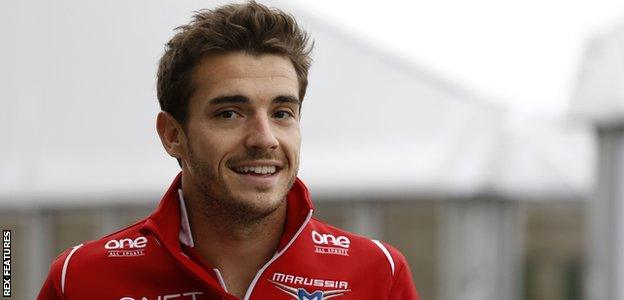
Jules Bianchi died of the head injuries he suffered in the cockpit following a collision in 2014 - the first death in Formula 1 competition since Ayrton Senna in 1994
The body that represents the drivers, the GPDA, says it should not be their decision whether a device proven to enhance safety is introduced.
Chairman Alexander Wurz told BBC Sport: "I encourage the fact the FIA and F1 stakeholders include the drivers in decision-making, which is something that has emerged in recent times as a positive.
"But safety matters are the decision and responsibility of the FIA, something which the drivers expressed to me in a 100% unanimous opinion - that we respect that role and position of the FIA.
"This very clear-cut process has worked well for decades and in the GPDA's opinion should not change.
"Rest assured the GPDA is very supportive towards the stakeholders for our sport's future, fans, safety and sustainability."
Additionally, some sources have dismissed concerns about visibility and access and egress in the event of an accident.
They point out that Nico Rosberg set the fastest time in a practice session at the Belgian Grand Prix, held on the demanding Spa-Francorchamps track, with the halo fitted to his car.
The FIA has also conducted tests with an upturned car, in which one of its operatives proved it was possible to get out.
Is politics getting in the way of safety?
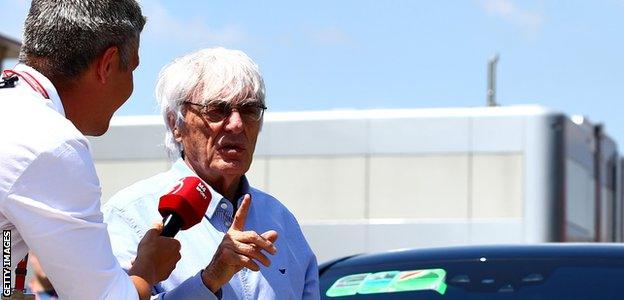
Former F1 chief executive Bernie Ecclestone opposed the halo concept
Although the strategy group has agreed that AFP should be introduced in 2018, several insiders have told BBC Sport they believe there is an intention in some quarters to keep pushing its introduction back. This, they say, is partly on the basis of concerns that it is counter to the ethos of F1 and adds to a perceived impression that the sport has become too sanitised.
This was a view strongly promoted by former boss Ecclestone, who last month was removed from his position as chief executive by new owners Liberty Media.
Discussing the halo in a speech in January, FIA safety delegate Laurent Mekies said: "The engineering work is done. Somebody needs to decide if it's right for F1 or not, if it is compatible with the DNA [of the sport].
"Its net safety benefit is established. After that, we accept that F1 is not a closed car [so] is it right for F1?"
There are also issues surrounding the provenance of some of the devices.
The halo arose from a design initially produced by Mercedes - and insiders say Red Bull are objecting to on the basis of a belief that it gives the world champions an aerodynamic advantage the others do not know about.
Similar concerns have been expressed by others about the aero-screen as a result of the fact that it was invented by Red Bull.
Is the FIA risking problems?
Some senior figures have expressed privately the view that there is a major risk attached to not introducing additional cockpit head protection as soon as possible.
This is because of the chances of someone being held liable if there is an accident in which a driver suffers a head injury, or worse, that could demonstrably have been prevented by the halo.
The FIA is already facing a legal fight with the family of Jules Bianchi, the Frenchman who died in July 2015, nine months after suffering catastrophic head trauma in a collision with a recovery vehicle at the 2014 Japanese Grand Prix.
Because safety is the FIA's responsibility, some insiders argue Todt risks the body being accused of not fulfilling its statutory role if it does not act to ensure some form of head protection is introduced soon.
What are the chances of the alternative devices working?
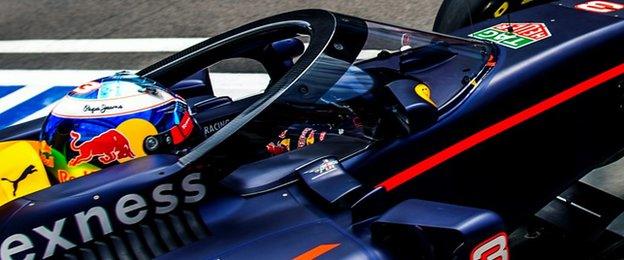
Red Bull's 'aeroscreen' design will be developed after it was abandoned last year after failing tests
Red Bull abandoned work on the aero-screen following its failure in the FIA's test which involves a wheel being fired at the screen at 250km/h.
The halo passed this test in deflecting the wheel away from the cockpit without impacting on a driver's head, whereas the aero-screen was badly damaged and the test proved the driver would have sustained a substantial impact.
Attempts to strengthen the transparent material used for the screen caused vision problems and Red Bull stopped work on the device on the basis it was taking too many resources away from its work on the design of its 2017 car.
However, insiders say this does not necessarily mean that the FIA will not find a solution that enables one of the new devices to work as effectively as the halo in the primary function of preventing the driver from injury.
Time, though, is a serious problem, in finding a solution that satisfies the political concerns before the end of April.
"There is always a chance of another delay happening," one senior figure said. "You can see how it got put off from 2017 to 2018 and it probably won't be too long before somebody says: 'We're still not ready in 2018. We need to make sure it's right, so let's delay it again."
Another went further. "For sure it will be delayed another year," he said.
- Published28 July 2016
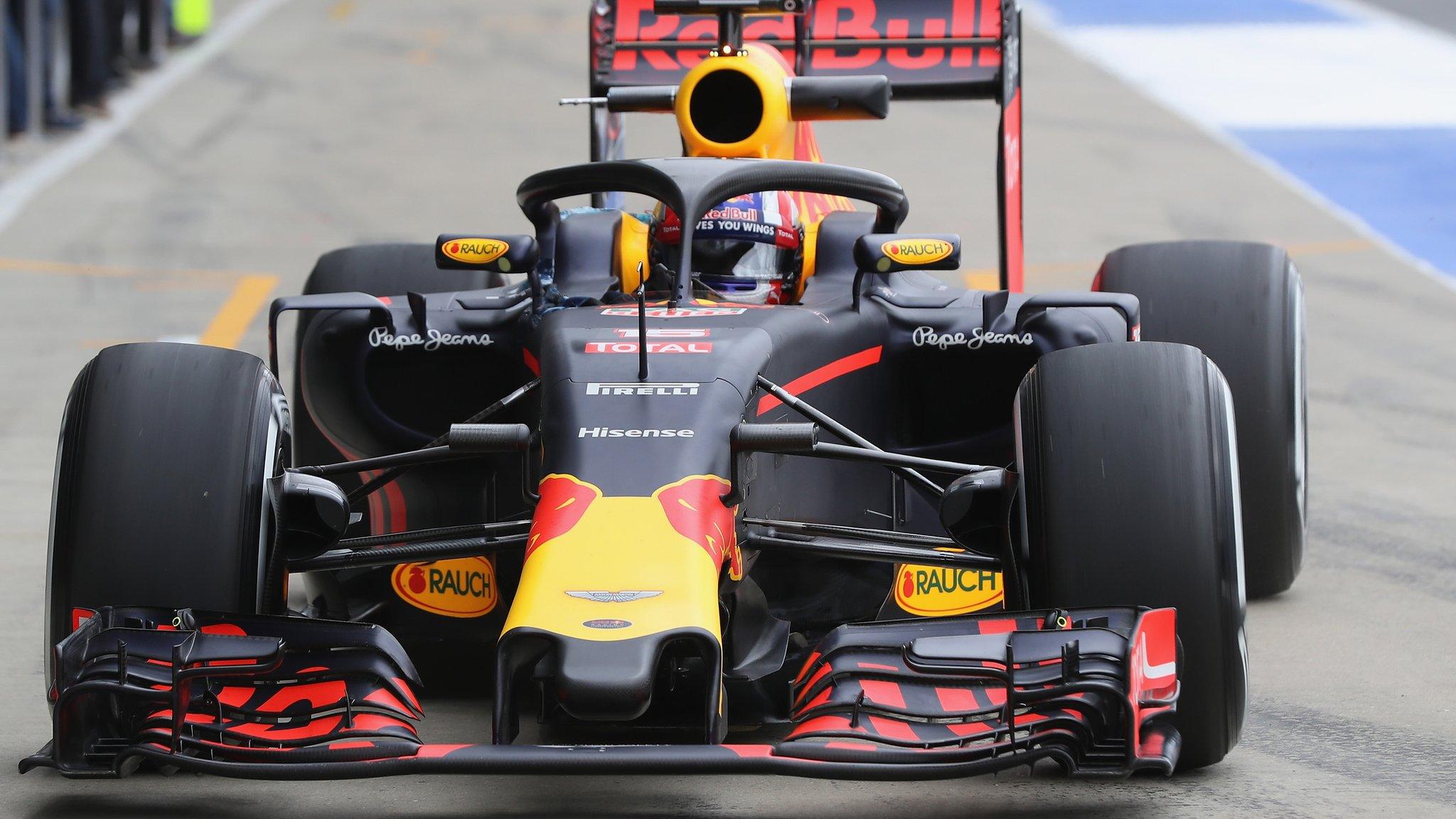
- Published27 July 2016
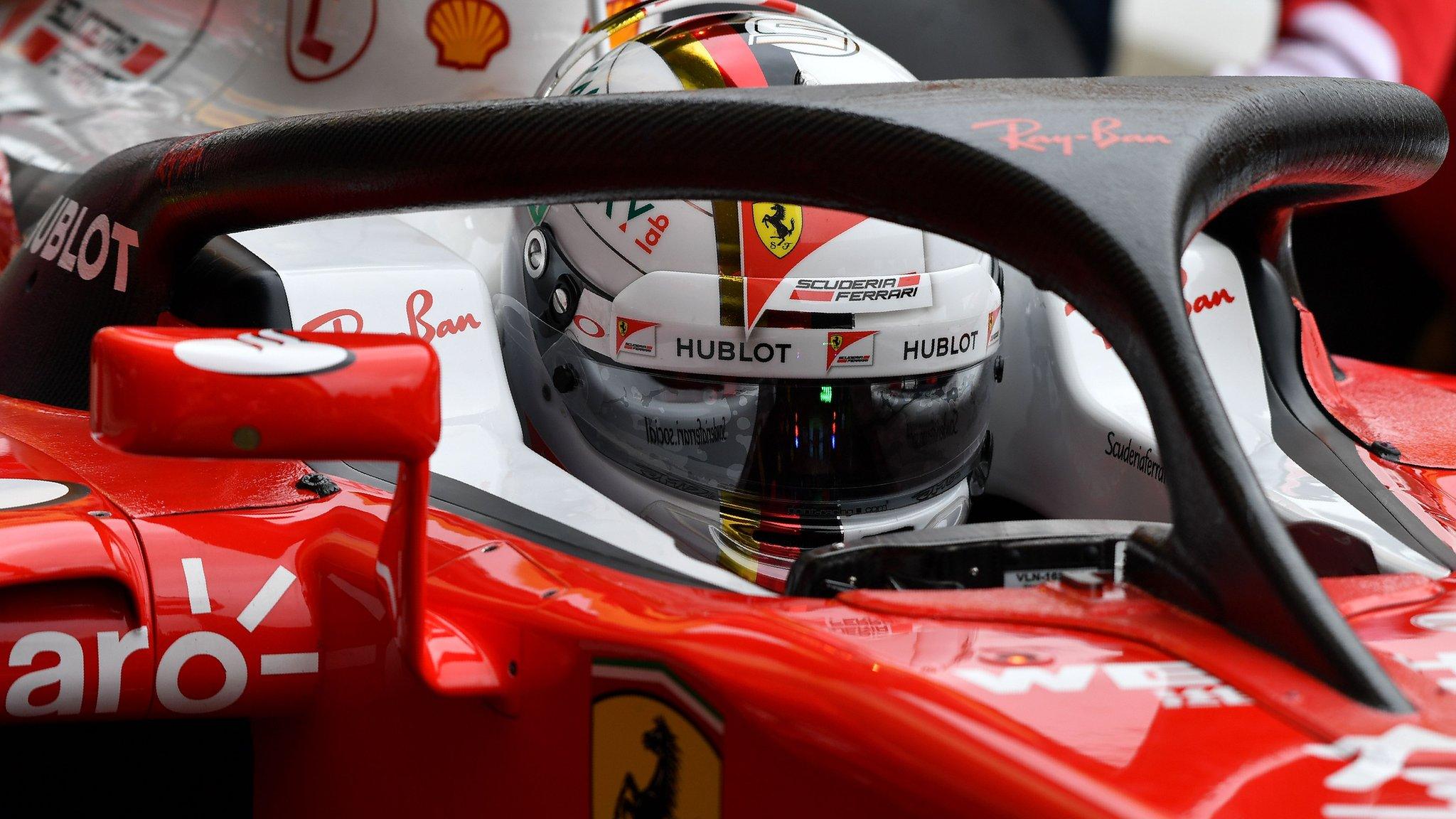
- Published24 July 2016
